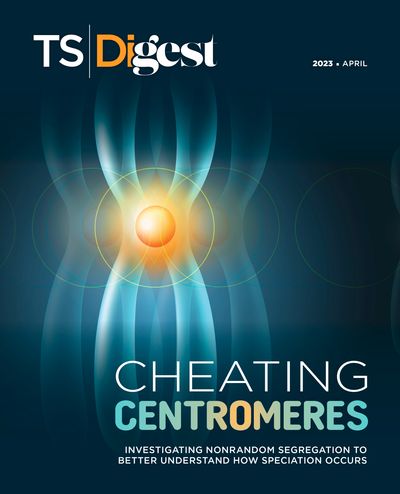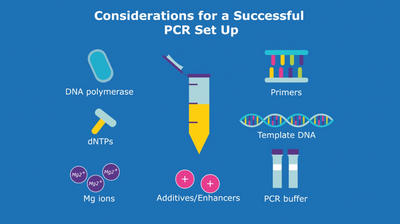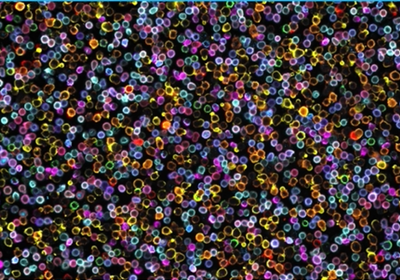Random segregation leads to each of parent’s alleles having an equal chance (0.5 probability) of being passed down. This can be visualized in a traditional Punnett square (left), which leads to a 3:1 ratio of offspring phenotypes and a 1:2:1 ratio of offspring genotypes (represented by orange, dark blue, and light blue shading, respectively).
If there is a meiotic drive, those ratios are shifted, sometimes dramatically (right). For example, in hybrid yellow monkeyflowers (Mimulus guttas x M. nasutus), the “distorter locus” (D) exhibits a whopping 98:2 segregation bias in the seed parent, resulting in an overabundance of DD offspring.
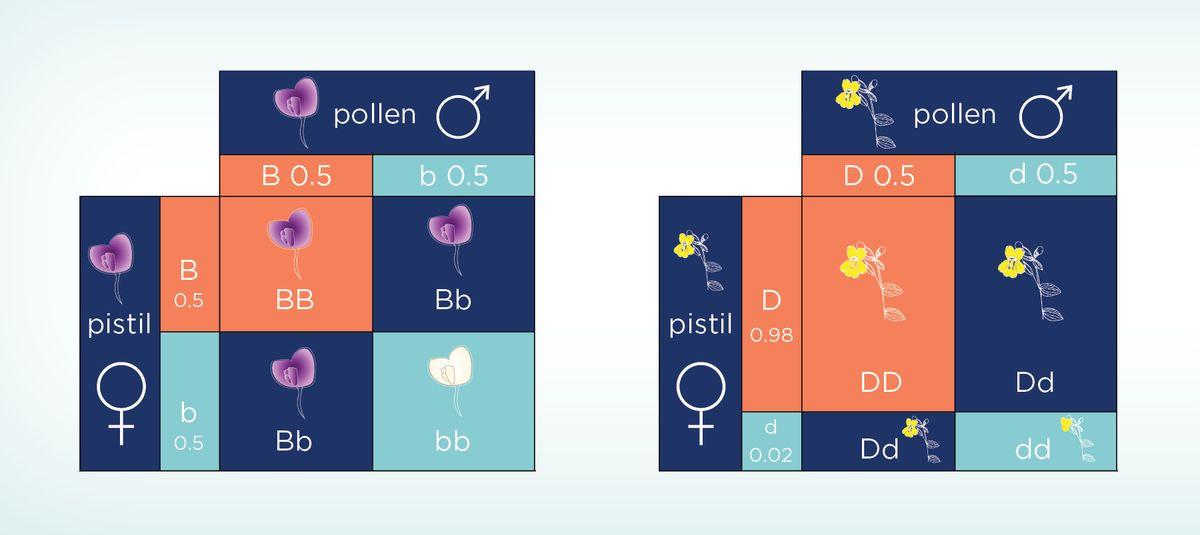
DRIVEN TO SURVIVE
During oogenesis, only one of the haploid cells created by meiosis survives. The others, called polar bodies, die. This sets up an opportunity for “cheating,” or nonrandom segregation, for example during the first round of meiosis when bivalents are split into paired chromosomes, as chromosomes with centromeres facing away from the cell cortex are retained in the future egg cell. One example of this is that larger centromeres hijack the machinery that attaches to the spindle, resulting in them facing away from the cortex preferentially (zoom).
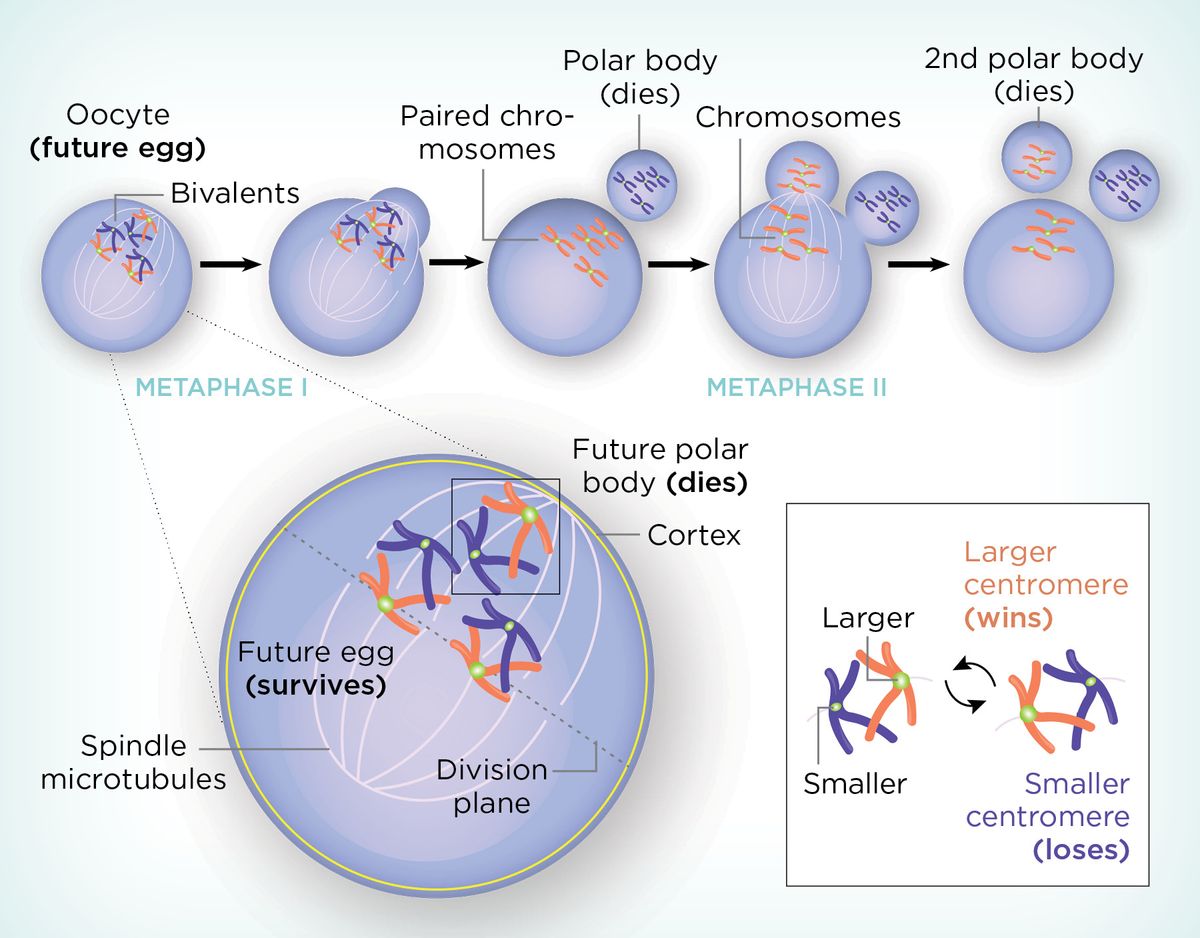
Read the full story.


